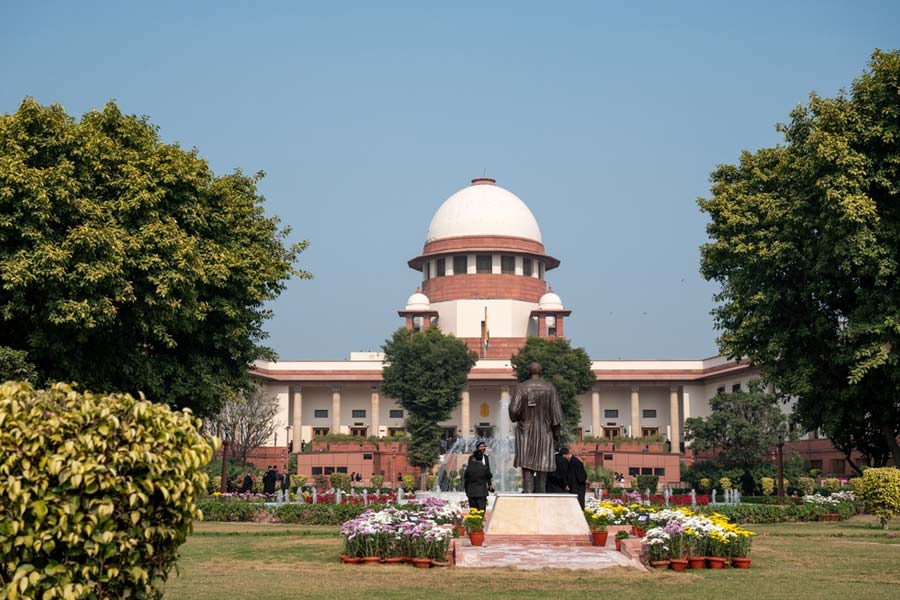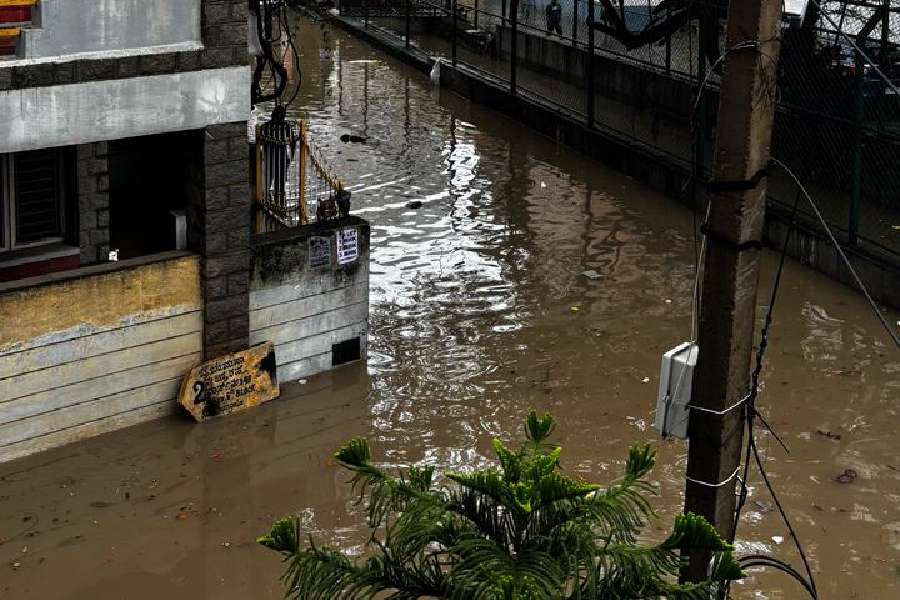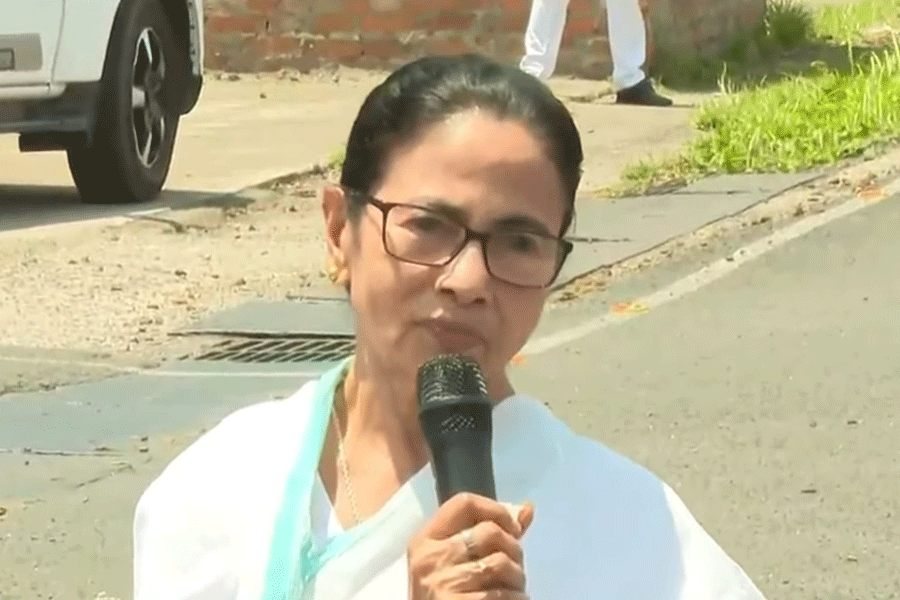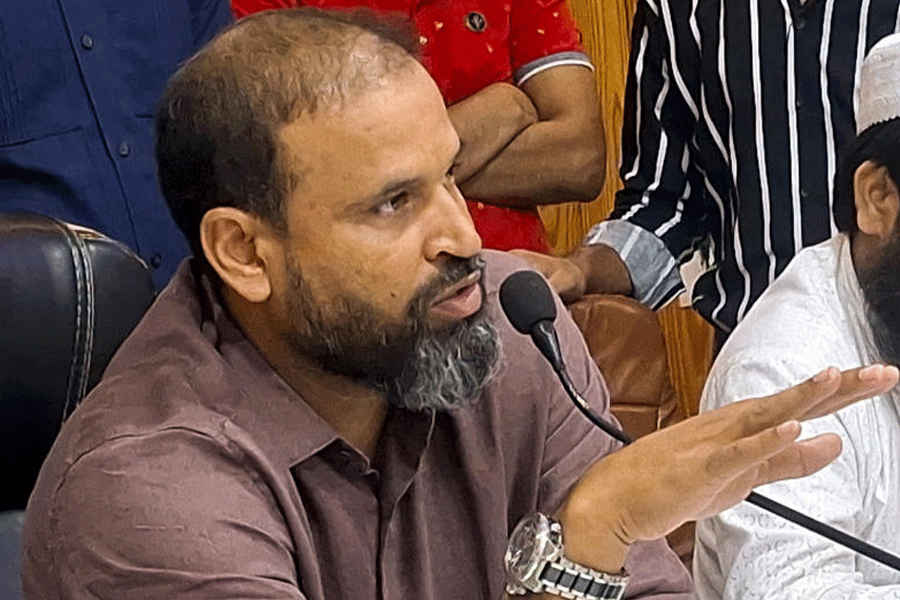
The Archaeological Survey of India (ASI) has embarked on a mission to replace the existing railings of the World Heritage Mahabodhi Mahavihara in Bodhgaya with new sandstone ones.
"We have decided to replace the existing railings at the Mahabodhi temple as they have weathered," ASI Patna circle superintending archaeologist D.N. Sinha told The Telegraph. "We will make their exact replicas in sandstone to keep everything at the temple as it is."
Thousands of tourists and pilgrims visit the shrine in Bodhgaya where Lord Buddha is believed to have attained enlightenment. Artisans under ASI supervision are working on the railings, sources said. They also said this project is a first of its kind undertaken at the shrine.
Sinha said work has already started (from May 27) and the finest stone artisans and carving artists have been hired from Gaya and Odisha for the job. ASI conservation and restoration experts are at hand, guiding them.
The entire work has been taken up on recommendations of the now-defunct advisory committee, which had asked the ASI to create replicas of the railings in the original material - sandstone.
The existing railings are also replicas of the original sandstone railings that were discovered by British archaeologists in the late 19th and early 20th centuries. Most of the original ones were moved to various museums, including the Indian Museum in Calcutta and another at Bodhgaya, to protect them.



Artisans created the replicas with the help of "reinforced cement concrete" in the pre-Independence era, under the supervision of British archaeologists. These weathered and deteriorated over time, and needed frequent repairs.
Currently there are 150 panels or sets of railings.
Each panel includes three horizontal bars fixed between two pillars that are topped with a "cap stone". The panels have intricate carvings that tell the story of Buddha's life. Some of them also carry various symbols connected with Buddhism.
An ASI official said five original panels that were discovered in a standing position are still part of the existing railing around the temple said to have been constructed by Emperor Asoka in the 3rd century BC, though its present structure dates back to the 5th-6th century AD.
"We are taking utmost care to draw a location map of the railings and the sequence in which they have been placed," archaeologist Sinha. "The designs have also been documented minutely so that they are exactly replicated on the sandstone railings."
An ASI official said the challenge in the entire process was to ensure there is no change in the carvings on the sandstone replicas. "The Mahabodhi temple is a living religious monument and attracts lakhs of pilgrims from all over the world. Even the slightest deviation would be instantly caught and give us international infamy. We are taking all precautions that no mistakes happen," the ASI official said.
Couple of years ago, a project was conceptualised to replace and renovate the outer concrete railings of the Mahabodhi Mahavihara and the inner Asokan railings to give the World Heritage Site a new look. Sources then had said if the outer concrete railings were replaced by the executing agency of the project - the Bihar State Road Development Corporation - the ASI would renovate the inner Asokan railings.











